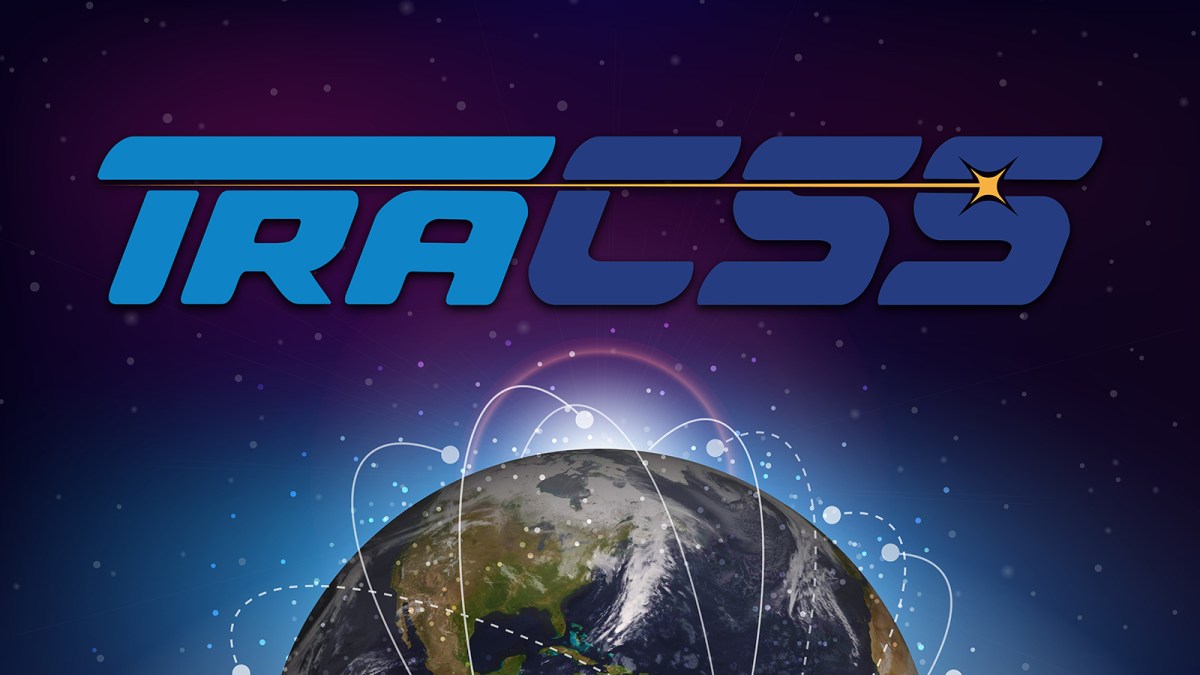The Office of Space Commerce is finally on the cusp of beta testing its Traffic Coordination System for Space (TraCSS), a U.S. government initiative six years in the making.
The upcoming test will be a moment of truth for TraCSS, a cloud-based system being developed to provide basic space situational awareness and space traffic coordination services for civil and commercial space operators. The TraCSS project has lagged behind initial timelines, and according to a senior OSC official, its biggest challenges lie not in the complexities of orbital tracking, but in navigating the maze of government bureaucracy.
“This is a pretty tough program,” said Janice Starzyk, deputy director of the Commerce Department’s Office of Space Commerce.
TraCSS is the linchpin for shifting space traffic coordination from the Department of Defense to Commerce, a move mandated by a 2018 presidential directive. This transition is crucial not only for fulfilling government objectives but also for fostering a vibrant commercial space services industry that can offer advanced capabilities beyond the basic, free government offerings.
Speaking at the recent Milsatcom USA conference, Starzyk said the initial version of TraCSS will rely on DoD data, and it is still unclear how the OSC will acquire and integrate commercial data. Another unsolved task is establishing universal standards for space conjunction data. Currently, warnings about potential satellite collisions can vary depending on whether they come from the DoD, the European Union Space Surveillance and Tracking (EUSST) or commercial entities. “From a technical perspective, we are really challenged on a daily basis as we move forward with the system,” said Starzyk.
SLOWLY TAKING SHAPE
The primary TraCSS operations center is being set up in Boulder, Colorado, and is expected to be up and running by the end of the year. The beta “Phase 1” version that selected users will be able to test in October will largely duplicate the current space-track.org service provided by the DoD but with more frequent conjunction scanning every four hours rather than eight. With $158 million in funding over 2023 and 2024, TraCSS is slowly taking shape.
Several industry players have been enlisted: Parsons for ground systems integration, AWS for cloud infrastructure, and a roster of specialized firms, including LeoLabs and Slingshot Aerospace for space tracking, Comspoc for orbital calculations, and Kayhan Space and SpaceNAV for data quality management. OSC has also partnered with SpaceX to explore Starlink’s battle-tested collision avoidance software.
“We’re setting up a mini commercial system to understand how to use commercial data and how providers can work together,” Starzyk explained. “That’s a tricky task. They have no reason to collaborate unless we incentivize it.”
STANDARDIZING DATA
Standardizing space traffic data looms as another critical hurdle. As Europe’s system goes live and nations like Japan and China forge ahead with their own, the global space traffic landscape is splintering. Starzyk said this proliferation of disparate systems muddies the waters rather than clarifying orbital situational awareness.
A recent near-miss between a non-maneuverable NASA satellite and a defunct Russian asset highlighted the dangers of this fragmentation. With conflicting data from NASA, the DoD, and a commercial system, determining the “right” answer proved elusive, said Starzyk. “How do you get to a better truth with three different answers? This is something we need to work on, both within the U.S. government and internationally.” Conversations with Europe and other partners are ongoing. “The main starting point is defining standards,” Starzyk stated.
As it turns out, getting a civilian agency to run a space traffic coordination system is tougher than many expected. The future of safe space operations depends on whether the OSC can pull this off.
This article first appeared in the July 2024 issue of SpaceNews Magazine.
